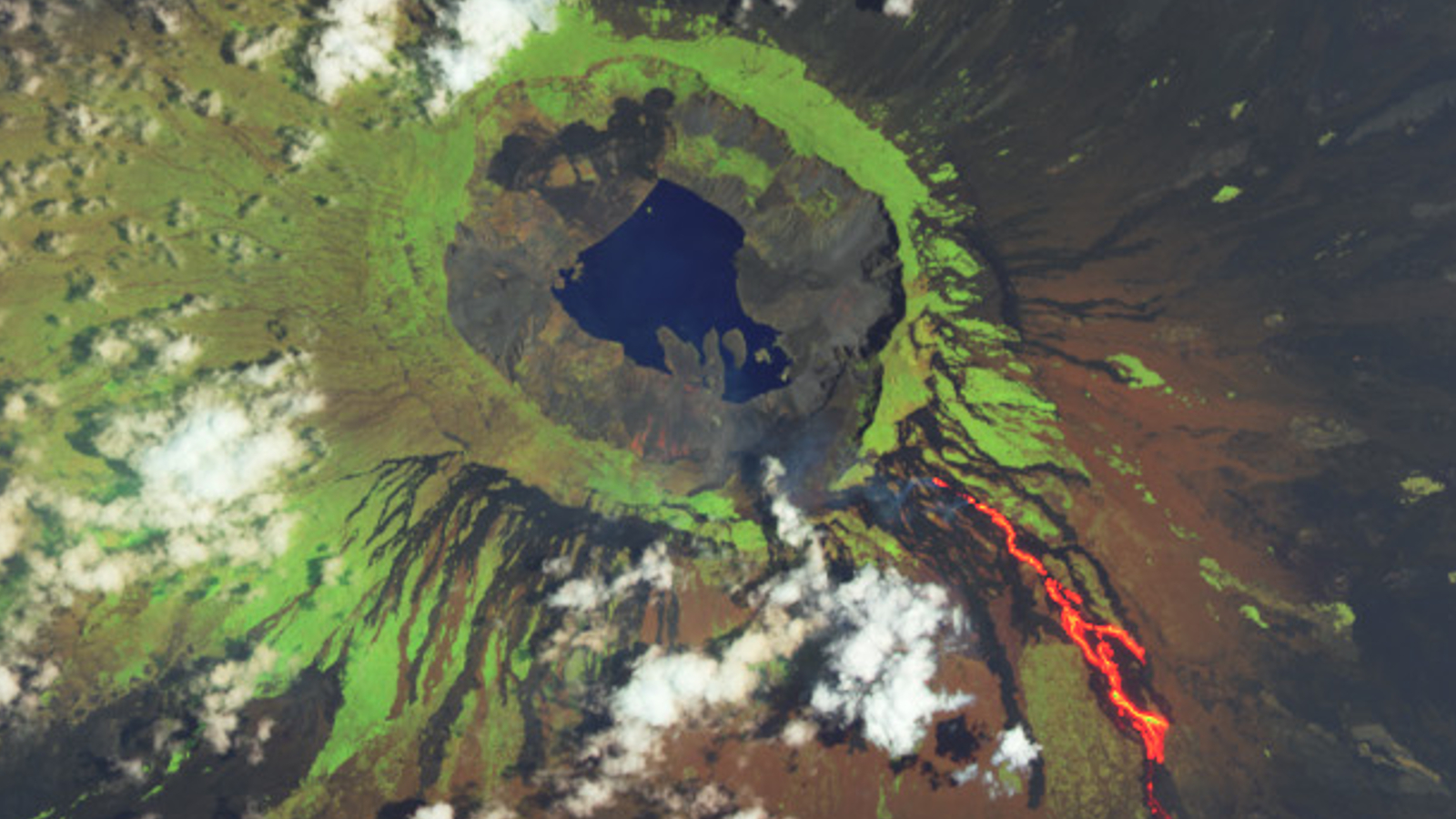IJMS, Vol. 25, Pages 3806: Alterations in Proteostasis Mechanisms in Niemann–Pick Type C Disease
International Journal of Molecular Sciences doi: 10.3390/ijms25073806
Authors: Iris Valeria Servín Muñoz Daniel Ortuño-Sahagún Christian Griñán-Ferré Mercè Pallàs Celia González-Castillo
Niemann–Pick Type C (NPC) represents an autosomal recessive disorder with an incidence rate of 1 in 150,000 live births, classified within lysosomal storage diseases (LSDs). The abnormal accumulation of unesterified cholesterol characterizes the pathophysiology of NPC. This phenomenon is not unique to NPC, as analogous accumulations have also been observed in Alzheimer’s disease, Parkinson’s disease, and other neurodegenerative disorders. Interestingly, disturbances in the folding of the mutant protein NPC1 I1061T are accompanied by the aggregation of proteins such as hyperphosphorylated tau, α-synuclein, TDP-43, and β-amyloid peptide. These accumulations suggest potential disruptions in proteostasis, a regulatory process encompassing four principal mechanisms: synthesis, folding, maintenance of folding, and protein degradation. The dysregulation of these processes leads to excessive accumulation of abnormal proteins that impair cell function and trigger cytotoxicity. This comprehensive review delineates reported alterations across proteostasis mechanisms in NPC, encompassing changes in processes from synthesis to degradation. Additionally, it discusses therapeutic interventions targeting pharmacological facets of proteostasis in NPC. Noteworthy among these interventions is valproic acid, a histone deacetylase inhibitor (HDACi) that modulates acetylation during NPC1 synthesis. In addition, various therapeutic options addressing protein folding modulation, such as abiraterone acetate, DHBP, calnexin, and arimoclomol, are examined. Additionally, treatments impeding NPC1 degradation, exemplified by bortezomib and MG132, are explored as potential strategies. This review consolidates current knowledge on proteostasis dysregulation in NPC and underscores the therapeutic landscape targeting diverse facets of this intricate process.

 1 month ago
14
1 month ago
14


